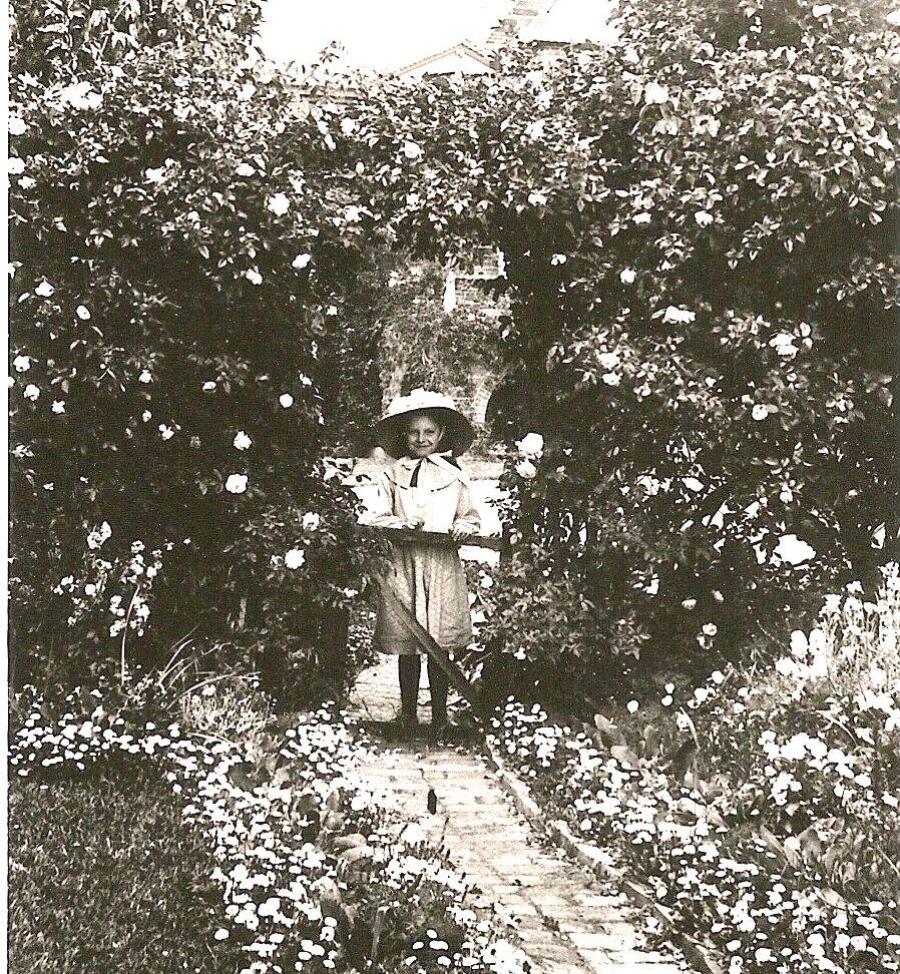Information & History
Urrbrae House Historic Precinct Gardens
Open from dawn until dusk every day. Entry to the Urrbrae House Historic Precinct Gardens is FREE.
Since the early 1990s the gardens of the Urrbrae House Historic Precinct have been redeveloped into one of Adelaide's most innovative, distinctive and beautiful gardens reflecting the history and heritage of the people who lived and worked at the site. The curtilage of Urrbrae House has been delineated by the original home paddock including the residence, Coach House and stables, Battery House, surrounding gardens, orchard and tennis court.
Recreational, student and not-for-profit photography of our beautiful gardens is encouraged. However, where the photographer/filmographer intends to make a profit from a photoshoot (ie commercial photography) permission must be sought and charges may apply. Please email the Urrbrae House Co-ordinator for more details.
Please follow us on Facebook: Urrbrae House Historic Precinct and Waite Arboretum and Gardens
and on Instagram: Urrbrae House Historic Precinct and Waite Arboretum and Gardens
The history of the gardens
In Peter Waite’s time, the Urrbrae House gardens included a Croquet Lawn, located west of the main house. This lawn was probably also used as an outdoor entertainment area, particularly for Adelaide Hunt Club functions.
There was a Lavender Walk which may have been planted by Eva Waite and a Rose Arbour with timber posts and metal tube work which was covered with pale double yellow roses. The Rose Arbour stretched from the house to Claremont Avenue.
Located on grounds, there was a Tennis Court, a Tennis Court Walk and adjacent a Tennis Pavilion with its own fully equipped kitchen.
The original gardens also included a Wild Garden, Eva’s Garden and an Orchard with over one hundred trees.
Roses linked the gardens throughout, transforming it from a fairly conventional Victorian design, to a more romantic cohesive garden.
The garden had formal lines contrary to the innovative “Arts and Crafts” style which is displayed within the house, and was largely separated from the house by the driveway and hedge. As the major living spaces are almost all above the garden level, it was probably intended that the garden be viewed from above, perhaps from the veranda.
Innovation and creation
The current garden design interprets some historical moments of architecture, landscape and cultural heritage and reflects the pastoral achievements of Peter Waite and his interest in the arts and innovation. The masterplan developed by landscape designer Viesturs Cielens in collaboration with architect Susan Phillips and artist Berenice Carrington is a series of interlinked thematic gardens expressing the cultural, historical and social essence of Urrbrae House Historic Precinct and the people who lived and worked at the Waite. Former Curator of the Arboretum Jennifer Gardner was responsible for the redevelopment of the Urrbrae House Gardens until her retirement in 2017. Today, responsibility for the gardens is shared by the Waite Arboretum and Urrbrae House.
Community participation has always been important in the development of new gardens. This has also included input from staff of the Waite Campus, local residents, Friends, garden volunteers and special interest gardening groups. The gardens enhance the links between past, present and future communities.
The Twentieth Century Rose Garden comprises over 200 species and varieties tracing the history and development of roses from each decade of the twentieth century.
The Sensory Garden was completed in 1998, and features plants to stimulate the senses. A panel of ceramic tiles reflect a sense of humour and sense of adventure.
The Garden of Discovery celebrates scientific research at the Waite through soundscapes, outdoor books and interpretive panels researched and written by cultural historian Denise Schumann.
The Labyrinth. Due to safety concerns, the Labyrinth has been removed from its current location and will be rebuilt in a more sustainable form as part of the Waite Gatehouse relocation project. In its new model, the Labyrinth will retain the shape and purpose of the original design, while taking on a central role as part of the new volunteer centre development.
Sculptures are featured throughout both the Urrbrae House Gardens and the Waite Arboretum. The centrepiece of the Garden of Discovery is a bronze sculpture ’Dance into the Light’ by Meliesa Judge. The Mallee section of the Arboretum, formerly the orchard, provides an ideal natural setting for artistic expression. Sculptures by Greg Johns and Silvio Apponyi in The Mallee pay special tribute to Peter Waite, a benefactor of great generosity and foresight, and also make reference to elements in the Australian landscape. Other works in the Arboretum of special interest include 'Floating Figure' by Greg Johns,'Waterbirds' by Meliesa Judge and 'Owl Pole' by Will Kuiper.
Special thanks must be made to all sponsors and volunteers for their wonderful support and hard work.

Dorothy Waite, Peter Waite's only grandchild c.1907, at the Arbor entrance to Eva's Garden.
